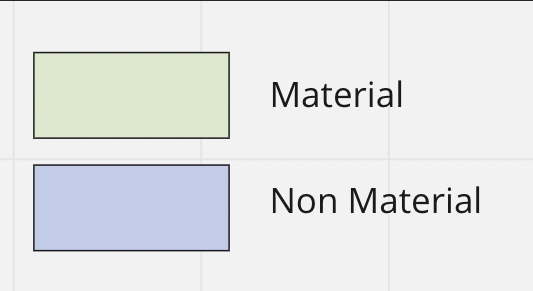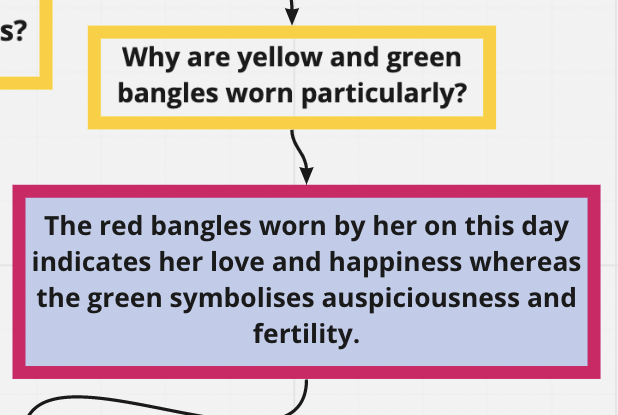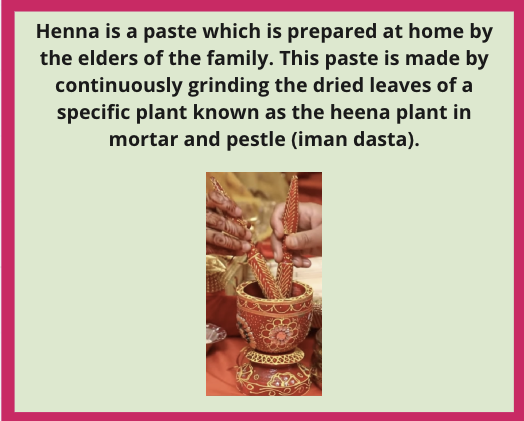LJL EOC-2
- Devyani Rathore
- Oct 14, 2021
- 4 min read
As a designer it is important for one to be aware and sensitive towards the culture of self and the others in order to develop an ability to view the world in an open and non-judgmental way. Therefore, this project was about exploring and understanding various fundamental aspects of culture, community and cultural identity. It was about developing an empathy towards other cultures and cultural practices and discovering our own cultural identity in the process of doing that.
We were introduced to two tools of inquiry during this project which were: Semi-Structured Interviews and 5W-1H.
Semi-Structured Interview : Semistructured interviews combine both the structured and the unstructured interview styles and therefore I was able to do an objective comparison between the two people while taking an interview for the second task. This type of interview also helps in spontaneously explore topics relevant to that particular respondent. There was no sequence that I was following while taking an interview but one of the things that I mostly relied on was the spontaneity to direct the course of the conversation.The open ended questions that I had been asking gave rise to more and more questions and it helped me build a rapport with the interviewee. It is important for one to establish a rapport as it ensures that the interviewer receives in-depth information during the course of the interview. I think that this method is most suitable in situations where one needs to collect qualitative data of information and wants to go into the depth of that conversation.However it is difficult to analyse the open ended questions and compare the answers given. One of the main challenges is to not infer the cause and effect relation.I would definitely apply this method in areas where I need to gather variety of information about any subject in future.
5W-1H : It is a method/tool of inquiry which involves asking of questions that start with how, why, what, which, who, where and when.This tool helped me ask the right questions, expand my enquiry and obtain the right information, which in turn helped me delve into the topic deeper and explore various aspects of it.For eg: a simple topic such as cultivation could be covered in a single line while making my mind map but when I used this tool, it helped me segregate the information that I had collected in a chronological manner and further expanded it because these questions gave rise to answer within which rose another question. One of the main advantage of this tool is that it helps you in cases where you are stuck on what question is supposed to be asked in order to increase the inquiry. This helps us go beyond the what, who and when and discuss the how and why and make connections between the information.Further, these questions are short and direct and they not only help you ask questions while doing a project but also frame questions before hand in a sequential manner.For example: It helped me prepare the questions for the interview in a sequential way before hand and helped me carry it out in a smooth manner.This tool is very useful in places where you have to segregate the information and it gives you the freedom to later on carry forward on that single part of the information that you wish to expand your knowledge about.
Key Learnings
This project made me realise the importance of arranging the mind map in an appropriate manner. I realised that it is not always necessary for the mind map to be spread like branches of a tree, the format of arranging it changes according to the task that you are performing.
For example: the mind map that I had created in the start was spread like branches of a tree because the type of information that I was working on was not divided in a manner where I had to create a comparison later, whereas while doing the second task i.e laying out the semi structured interview, I used a layout which was very symmetrical and linear in alignment and divide into two parts.
The reason behind choosing this type of format was that, the main questions that I had created for the interview were the same in the start and later I had to create a comparison between the answers given by the two, therefore using this format helped me easily segregate the information in the given task and easily compare the information.
Further categorising the information into material and non material components helped me delve deeper into my culture and other domains as well.
I categorised all the information on the basis of the objects that were present in my mind map. The objects that were used in the rituals were the material components, whereas the reason or the belief that lied behind using those objects were the non-material component of it and I realised that every material component has a non-material component behind it and that they are interrelated to each other because they cannot exist without depending on each other.
Once I learnt how to apply this concept in the cultural context, it was further easy for me to apply it in different contexts. For eg: categorising the information of a mask.
I struggled the most during the last task of this project, where we had to create a presentation, as we had to collect a lot of visuals for the information that we had been collecting in order to improve the communication between the two ends.
I was unable to find pictures but then later our group realised that we had been treating the visuals like a band aid to cover our information and were taking that aspect very lightly, so in order to overcome this problem, we decided to take the pictures first and then carefully observe and explain the content of the topic that we could see in it.
In future I will keep in mind the fact that none of the aspect can be taken for granted and treated as a band aid whether it is a colour or a picture that we are taking in consideration, as all of them play an equal role, coordinate with each other, compile together and give a desired outcome.
Overall this project helped me gather a lot of knowledge regarding the essence of culture in our day to day lives and the role that it plays in designing.
























Comments